International
Europol identifies 821 “threatening” criminal networks in the EU, many active in Spain
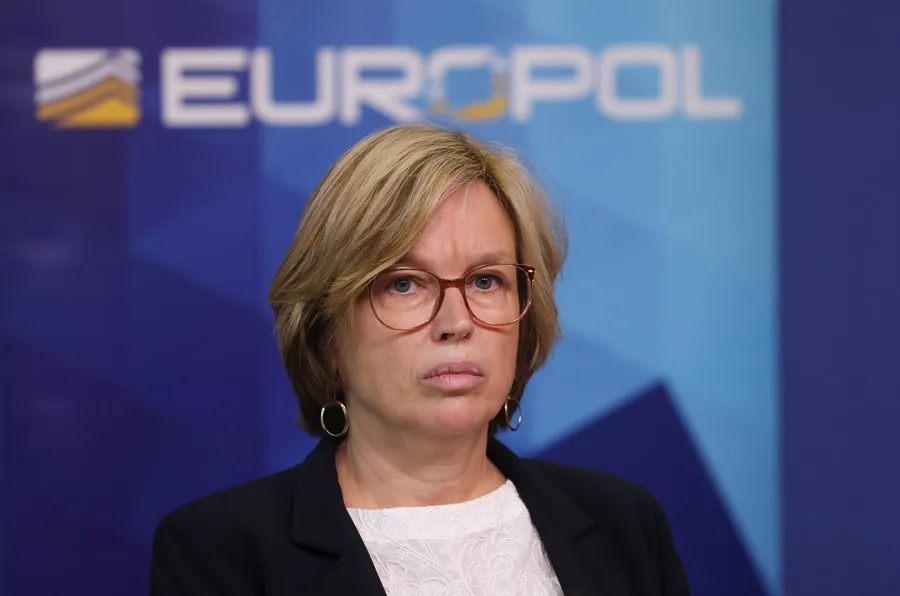
The Europol agency has identified 821 “very threatening” organized crime networks in the European Union, many of them active in Spain among other countries, in a report published this Friday, the first that analyzes in depth the details that make these organizations so dangerous.
The study, presented in Brussels, is based on the data provided by EU Member States and other countries and is a “step” to understand how these networks work and what their basic capabilities are, Europol said.
In Spain they operate networks integrated by nationals of Eastern countries, as well as Belgian-Dutch, Baltic, Romanian or Polish, among others.
“Each of the 821 most threatening criminal networks identified is unique. They vary significantly in terms of composition, structure, criminal activity, territorial control, duration over time, types of cooperation and a variety of other dimensions,” the document says.
However, there are some common characteristics that make them especially “threatening,” starting with their infiltration into the legal system, which make a network “omnipresent and destructive.”
In fact, more than 80% of active criminal networks in the EU misuse legal business structures (LBS) for their criminal activities.
The data show that these structures are infiltrated or used by criminal networks “in almost all sectors, including tourism, recycling, welfare and sports associations, as well as in retail and cultural activities.”
Three sectors are particularly affected by infiltration or criminal abuse: construction, hospitality and logistics, that is, transport and import and export companies.
Another characteristic of the most dangerous organizations is their “agility” to “infiltrate extensively” and the application of strategies that allow them to endure over time.
In addition, “they have no borders”, their scope is international as well as the members that make them up, although they often limit their criminal activity to a region or a limited number of countries.
About how they are directed, Europol explains that although there is usually a strong leadership close to operations, it is also possible to maintain control remotely.
They tend to specialize in a main business and operate with a wide degree of independence.
As for their activity, half of these organizations are involved in drug trafficking as their main business, although they are also dedicated to fraud, property-related crimes, migrant and human trafficking.
Money laundering is mainly done through the real estate sector (this is the case in 41% of cases).
Other common money laundering techniques include investments in high-value goods such as gold and luxury goods (27%), the use of cash-intensive businesses, for example in the hotel sector (20%) and the use of cryptocurrencies (10%).
As an example, the report cites the case of an Italian businessman of Argentine origin based in Marbella who uses his companies to hide both drug trafficking and money laundering activities.
Among those he directs is one that imports bananas from Ecuador to the EU and also has sports centers in Marbella, shopping centers in Granada and multiple bars and restaurants.
An Albanian accomplice of his, based in Ecuador, is in charge of the import of cocaine from Colombia to Ecuador and its subsequent distribution to the EU.
According to Europol, Ecuadorian fruit companies are used as a facade for these criminal activities.
Although not all networks use violence and corruption, doing so increases their level of threat.
There are other elements to better understand how they work but that do not necessarily make them more dangerous, starting with their structure.
Most are organized in a hierarchical way, and although strong leadership is important, it is not necessarily linked to specific individuals and in some cases it is replaceable (by inheritance, delegation or reorganization) and continues even after the sentence.
As for the nationalities of the members, the report points to the existing “great variety” and emphasizes that, in addition to the common criminal objective, “criminal networks are formed and persist due to a strong social cohesion,” something that also serves to attract young people.
When fighting them, Europol indicates, “not only the main criminal activities, but also the support and subsidiary activities that allow and support the networks and allow them to last long periods,” as well as the need for “international and interregional cooperation” must be examined.
International
U.S. and Mexico Reach Deal to Address Water Deficit Under 1944 Treaty
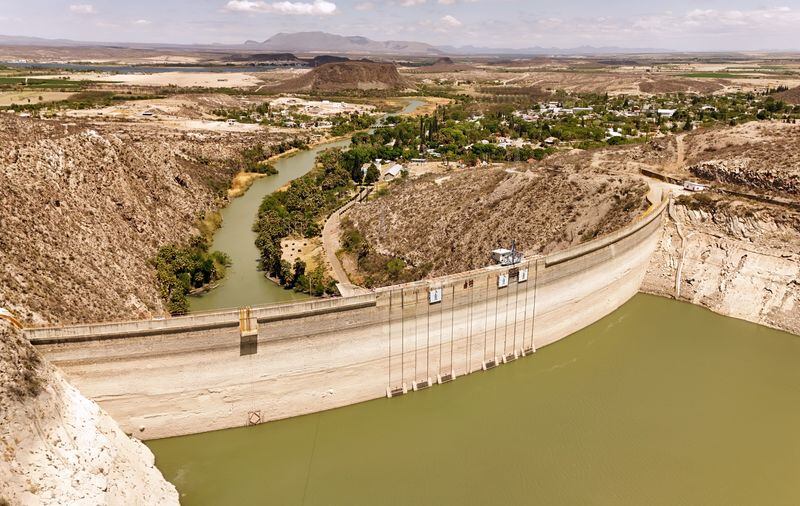
The United States and Mexico have reached an agreement to comply with current water obligations affecting U.S. farmers and ranchers and for Mexico to cover its water deficit to Texas under the 1944 Water Treaty, the U.S. Department of Agriculture said in a statement.
The department уточified that the agreement applies to both the current cycle and the water deficit from the previous cycle.
On Monday, U.S. President Donald Trump accused Mexico of failing to comply with the water-sharing treaty between the two countries, which requires the United States to deliver 1.85 billion cubic meters of water from the Colorado River, while Mexico must supply 432 million cubic meters from the Rio Grande.
Mexico is behind on its commitments. According to Washington, the country has accumulated a deficit of more than one billion cubic meters of water over the past five years.
“This violation is severely harming our beautiful crops and our livestock in Texas,” Trump wrote on Monday.
The Department of Agriculture said on Friday that Mexico had agreed to supply 250 million cubic meters of water starting next week and to work toward closing the shortfall.
Agriculture Secretary Brooke Rollins, quoted in the statement, said Mexico delivered more water in a single year than it had over the previous four years combined.
Trump has said that if Mexico continues to fall short of its obligations, the United States reserves the right to impose 5% tariffs on imported Mexican products.
Mexico’s Deputy Foreign Minister for North America, Roberto Velasco, said that a severe drought in 2022 and 2023prevented the country from meeting its commitments.
International
Several people shot in attack on Brown University campus

Several people were shot on Saturday in an attack on the campus of Brown University, in the northeastern United States, local police reported.
“Shelter in place and avoid the area until further notice,” the Providence Police Department urged in a post on X. Brown University is located in Providence, the capital of the state of Rhode Island.
U.S. President Donald Trump said on his social media platform Truth Social that he had been briefed on the situation and that the FBI was on the scene.
At 5:52 p.m. local time (11:52 p.m. GMT), Brown University said the situation was still “ongoing” and instructed students to remain sheltered until further notice.
After initially stating that the suspect had been taken into custody, Trump later posted a second message clarifying that local police had walked back that information. “The suspect has NOT been apprehended,” the U.S. president said.
International
Colombia says it would not reject Maduro asylum request as regional tensions escalate
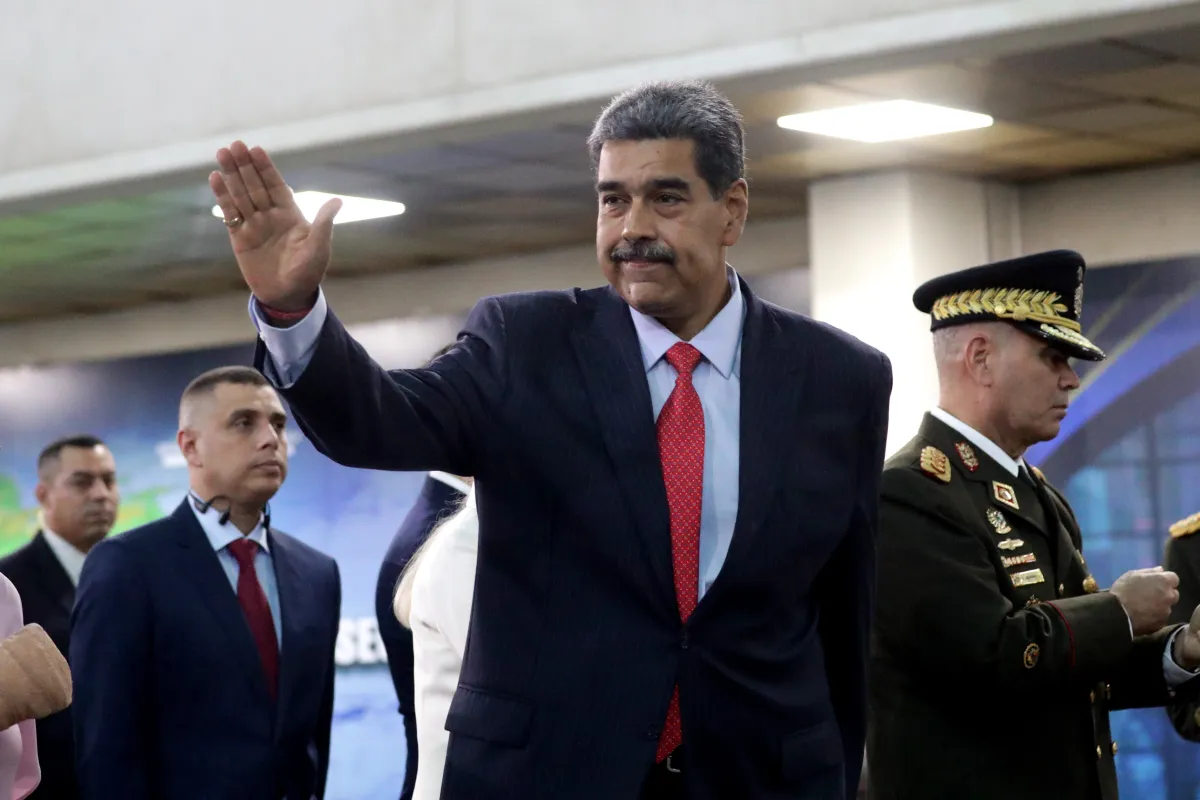
The Colombian government stated on Thursday that it would have no reason to reject a potential asylum request from Venezuelan President Nicolás Maduro should he leave office, as regional tensions persist over the deployment of U.S. military forces in the Caribbean since August.
“In the current climate of tension, negotiations are necessary, and if the United States demands a transition or political change, that is something to be assessed. If such a transition results in him (Maduro) needing to live elsewhere or seek protection, Colombia would have no reason to deny it,” said Colombian Foreign Minister Rosa Villavicencio in an interview with Caracol Radio.
However, Villavicencio noted that it is unlikely Maduro would choose Colombia as a refuge. “I believe he would opt for someplace more distant and calmer,” she added.
Colombian President Gustavo Petro also commented on Venezuela’s situation on Wednesday, arguing that the country needs a “democratic revolution” rather than “inefficient repression.” His remarks followed the recent detention and passport cancellation of Cardinal Baltazar Porras at the Caracas airport.
“The Maduro government must understand that responding to external aggression requires more than military preparations; it requires a democratic revolution. A country is defended with more democracy, not more inefficient repression,” Petro wrote on X (formerly Twitter), in a rare public criticism of the Venezuelan leader.
Petro also called for a general amnesty for political opponents and reiterated his call for forming a broad transitional government to address Venezuela’s prolonged crisis.
Since September, U.S. military forces have destroyed more than 20 vessels allegedly carrying drugs in Caribbean and Pacific waters near Venezuela and Colombia, resulting in over 80 deaths.
U.S. President Donald Trump has repeatedly warned that attacks “inside Venezuela” will begin “soon,” while Maduro has urged Venezuelans to prepare for what he describes as an impending external aggression.
-
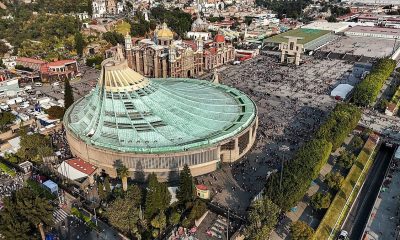
 International5 days ago
International5 days agoMexico City prepares for 13 million pilgrims at Basilica of Guadalupe
-
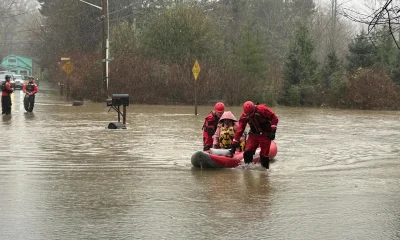
 International4 days ago
International4 days agoWashington declares State of Emergency as atmospheric river brings severe flooding
-

 International4 days ago
International4 days agoU.S. to require five-year social media history from tourists under Visa Waiver Program
-

 Central America5 days ago
Central America5 days agoHonduras’ electoral chief reports ongoing technical issues but says results remain intact
-
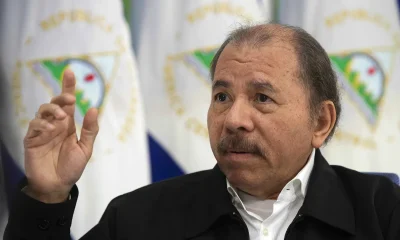
 Central America5 days ago
Central America5 days agoU.S. accuses Ortega regime of systematic human rights abuses in Nicaragua
-

 Central America5 days ago
Central America5 days agoU.S. finds no evidence of fraud in Honduras election despite delays
-
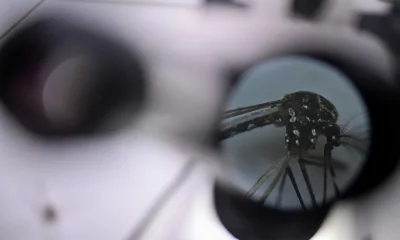
 International3 days ago
International3 days agoCuba battles out-of-control dengue and chikungunya epidemic as death toll rises to 44
-

 Central America4 days ago
Central America4 days agoOAS and EU urge honduran political actors to respect vote results and avoid unrest
-

 Central America3 days ago
Central America3 days agoHonduras election crisis deepens as CNE president denounces intimidation attempts
-
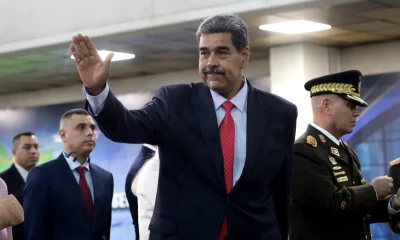
 International3 days ago
International3 days agoColombia says it would not reject Maduro asylum request as regional tensions escalate
-

 International1 day ago
International1 day agoSeveral people shot in attack on Brown University campus
-
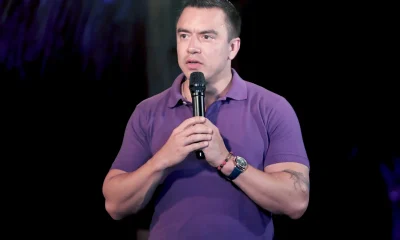
 International4 days ago
International4 days agoSix ecuadorian soldiers jailed pending trial for alleged extrajudicial execution
-
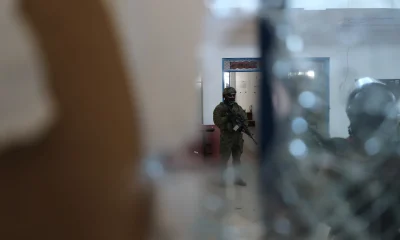
 International3 days ago
International3 days agoEcuador on track for record violence as homicides hit highest level in Latin America again
-
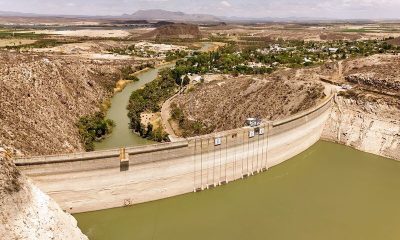
 International1 day ago
International1 day agoU.S. and Mexico Reach Deal to Address Water Deficit Under 1944 Treaty
-
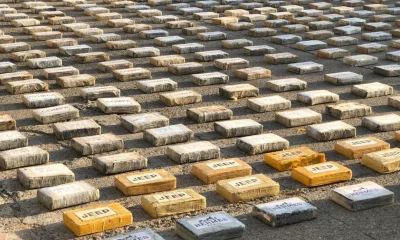
 Central America4 hours ago
Central America4 hours agoPanama seizes over three tons of drugs hidden in Caribbean port container


























